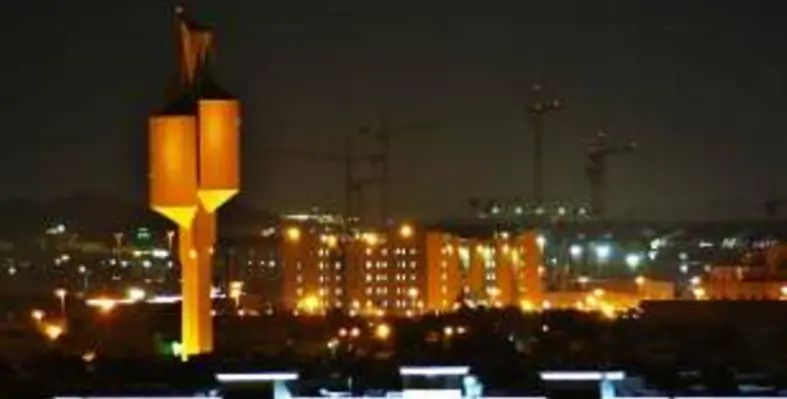Saudi Arabia?s eagerness to upgrade its power generation capabilities to replace oil with renewable energy sources have not gone unnoticed. The SASG 2017 Conference in Jeddah from 12-14 December 2017 aims to support the government?s agenda by providing a platform to international companies to bring business into the Middle East?s largest country
Domestic consumption rose at an unprecedented yearly rate of seven to nine per cent until 2015. Due to heavily subsidised domestic oil prices, Saudi Arabia currently relies on liquid petroleum for approximately 60 per cent of its electricity generation. As a result, yearly increases in electricity demand are cutting directly into the country?s oil export volume and export earnings. To reduce consumption of oil in the generation of power, Saudi Arabia is eager to upgrade its entire power sector. Apart from increasing its non-oil generation capacity, it is looking to replace its outdated distribution infrastructure, implement smart grid technology, and promote international grid connectivity.
Saudi Arabia faces a huge task in expanding its power generation. It is estimated that the kingdom needs to increase power generation capacity from 77 GW in 2014 to 156 GW in 2040 ? more than doubling its supply. This translates into installing 5GW capacity and distribution infrastructure each year through 2020. To achieve this, the government is looking to make a yearly investment of approximately US$5bn in generation and US$4bn in distribution. Saudi Arabia also intends to privatise all electricity generation by 2020. The newly privatised power generation companies are expected to need substantial investment to increase efficiency, meet environmental standards and replace aging power plants.
Power distribution and grid
Some segments of Saudi Arabia?s current grid are outdated and inefficient. There is a plan to replace old substations, transformers, and other infrastructure to reduce energy wastage. Ministry of Energy, Industry, and Mineral Resources (MOEIMR) expects most of this improvement to take place between 2016 and 2020, with operations continuing to 2023.
Saudi Arabia maintains 16 per cent is the 12th largest consumer of generated electricity. The main feed stocks are crude and gas. The country is predicted to work towards greater efficiency and diversification of electricity generation, including alternative and renewable energy. At the same time, grid modernisation and better connectivity should ensure that the kingdom is able to meet peak demand at all times. Given the growth and diversification of the Saudi?s economy and the country?s desire to diversify the power mix, the kingdom continues to be the most important market for electricity generation technology and equipment in the Middle East.
Best prospects
These steps offer continuing opportunities for global companies that supply smart meter, smart grid, alternative energy sources following grid upgrades, energy efficiency systems, and geospatial information technology and big data management.
In further pursuit of efficiency, the kingdom is investing billions to install smart meter technology. Saudi Electricity Company (SEC) has been funding various projects to install 12mn smart meters by 2025 ? replacing all old meters in the country. By communicating energy consumption instantly via the internet, smart meters will allow the kingdom to better manage its usage. Installing such technology will facilitate the future integration of variable power sources like solar and wind.
The purpose of the Saudi Arabia Smart Grid Conference on Smart Grid and Renewable Energy (SASG 2017) will take place in Jeddah Hilton Hotel from 12-14 December and bring together companies like Saudi Aramco, SEL, AEC, ECRA, ABB and Siemens. In conjunction with the main Technical Sessions, an exhibition will be held within the conference venue. The exhibition covers all aspects of the production, transportation and distribution of electricity and brings together industry professionals, manufacturers, suppliers, contractors giving them direct access to utilities and decision makers involved in the electricity sector. n







